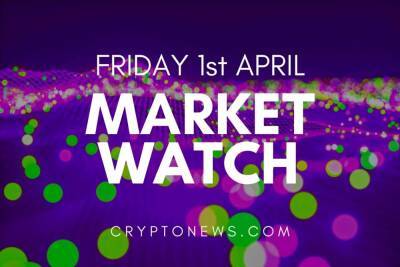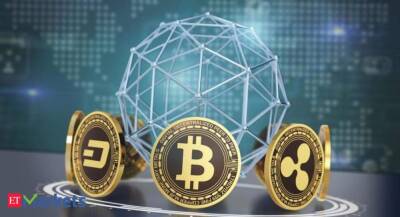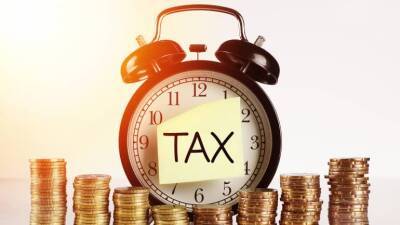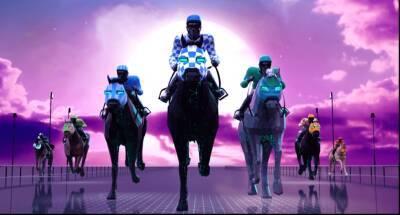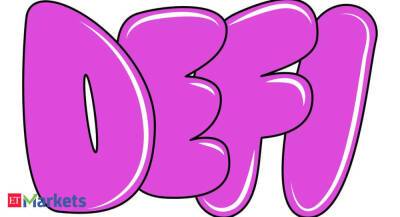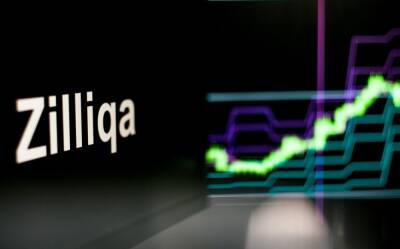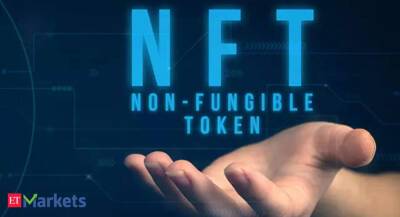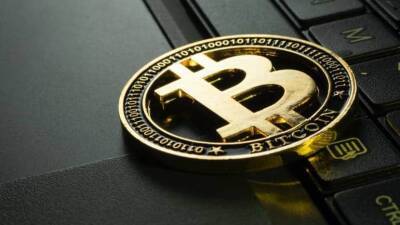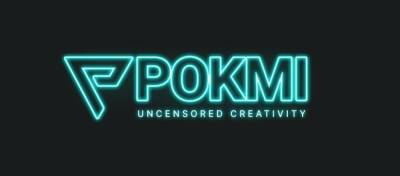NFTs are changing the way photographers create and market content
Since their explosion last year, nonfungible tokens (NFTs) have shown their appeal to collectors, investors and traders alike.
They have especially gained attention in the art world, where an item’s provenance is everything, and owning the official, unique version of an item is much more valuable than a copy or duplicate.
Some have postulated that artists creating and storing pieces on-chain can use the technology as proof of ownership for popular art forms.
Among the various artforms to take advantage of NFTs, photography has also found its place, but what is the immediate value it brings for artists and consumers?
Indeed, as a nascent, quickly developing technology, NFTs are not without limitations.
Related: What is crypto art, and how does it work?
Most participants began getting acquainted with NFTs through marketplaces such as OpenSea in the first half of 2021.
The first wave of artists experimenting with this new technology has followed a personal, curated approach toward onboarding new talent. Twitter Spaces and Discord servers have proven vital channels to support outreach in the NFT ecosystem.
Photography now produces an unprecedented supply of content, and NFTs are a tool to continue accelerating and democratizing content while providing new ways to generate revenue from those resources.
Photographer Marshall Scheuttle told Cointelegraph how the current Web2 model of “compensation by exposure” has been detrimental for artists.
“How we present our work has been largely dictated by the existing platforms, and as the space grows and evolves, it is imperative for us as artists to contribute new solutions and options for how we can better reach our audience while meeting the needs of the artists to showcase their work,” said
Read more on cointelegraph.com






